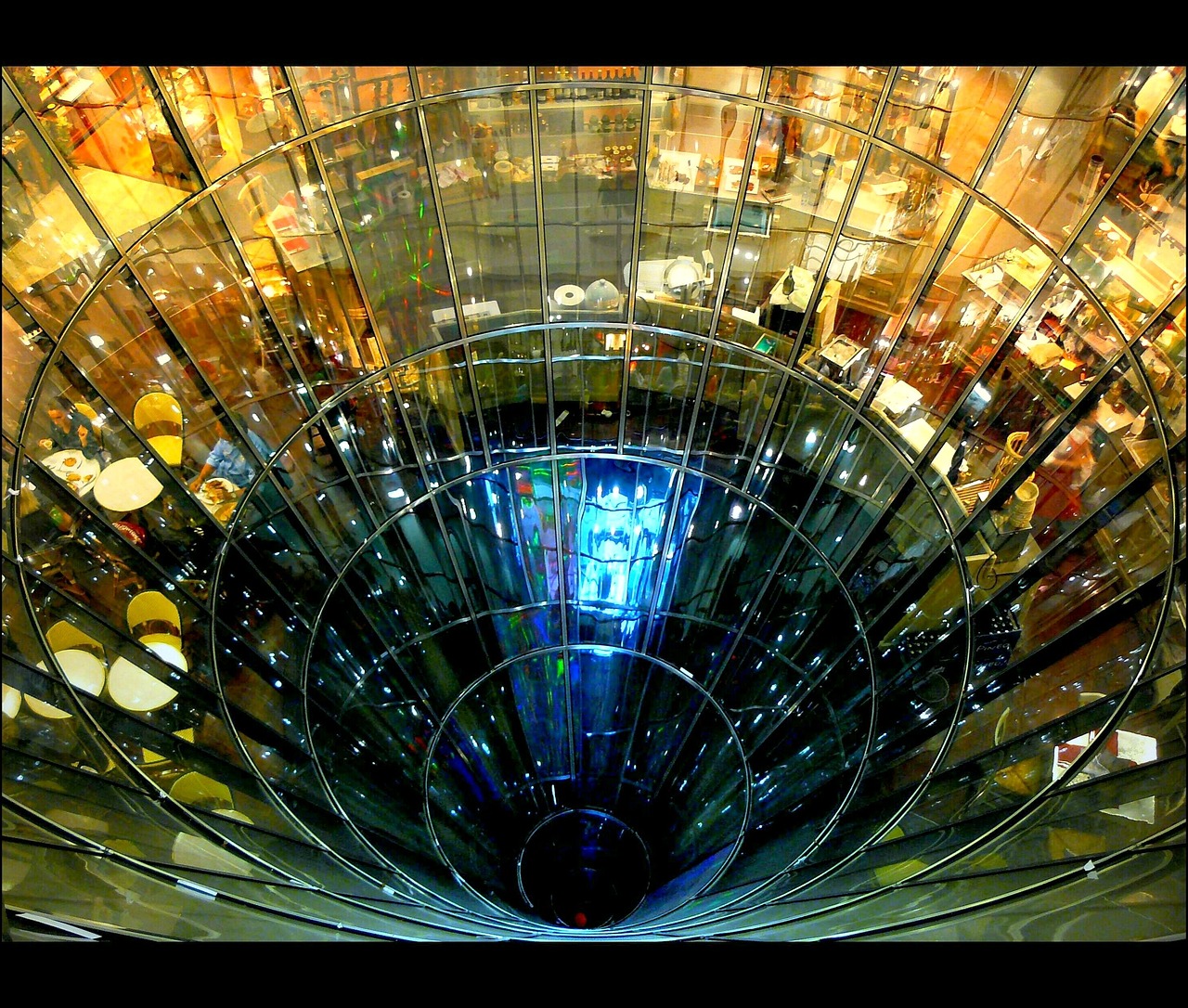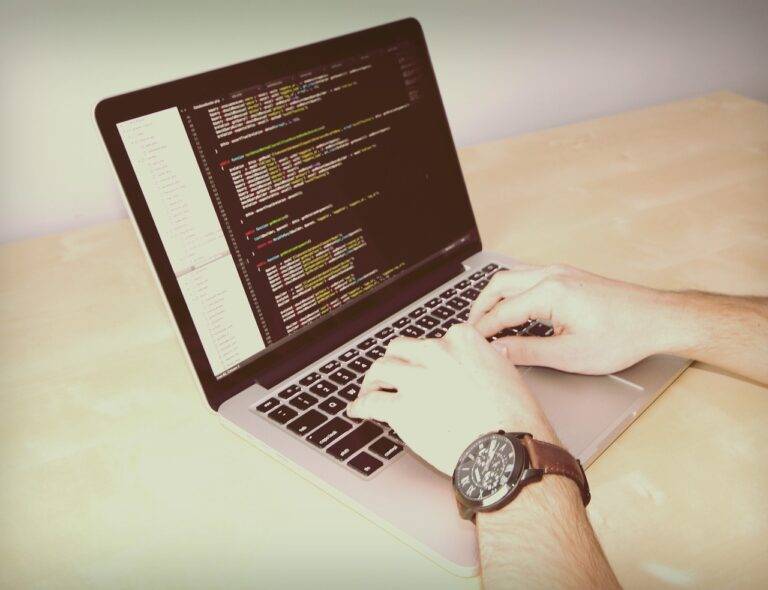The Role of Blockchain in Digital Art
Digital art has a rich history that dates back to the 1950s, when computer technology was still in its infancy. Artists began exploring the potential of digital tools to create visual artworks that were not limited by traditional mediums such as paint or sculpture. As technology advanced, so did the capabilities of digital art, allowing for more complex and intricate creations to be made.
One of the landmark moments in the history of digital art was the introduction of the first graphic design software in the 1980s. This revolutionized the way artists could work, opening up new possibilities for experimentation and creativity. Over the decades, digital art has continued to evolve, blending traditional artistic techniques with cutting-edge technology to push the boundaries of imagination and artistic expression.
Understanding Blockchain Technology
Blockchain technology is a decentralized and transparent digital ledger that securely records transactions across a network of computers. Each transaction, or block, is linked to previous blocks, forming a chain of data blocks – hence the name “blockchain.” This structure ensures that data cannot be altered retroactively without the agreement of all network participants, making blockchain highly secure and resistant to tampering or fraud.
One key feature of blockchain technology is its ability to facilitate peer-to-peer transactions without the need for intermediaries like banks or other financial institutions. By enabling direct interaction between parties, blockchain not only increases the efficiency and speed of transactions but also reduces costs associated with traditional payment systems. This has significant implications for various industries, including finance, supply chain management, healthcare, and more, as blockchain continues to revolutionize the way we transact and interact in the digital world.
The Concept of Digital Ownership
Digital ownership is becoming an increasingly pertinent topic in today’s digital age. With the rise of digital assets such as NFTs (Non-Fungible Tokens) and cryptocurrencies, the definition and scope of ownership have evolved. The concept of owning something digitally presents unique challenges and opportunities, as it involves intangible assets that exist in the virtual realm.
Unlike physical ownership where possession is tangible and easily defined, digital ownership raises questions about authenticity, security, and rights. The decentralized nature of blockchain technology plays a crucial role in establishing ownership in the digital space by providing transparent and immutable records of ownership. As individuals navigate the complexities of digital ownership, understanding the nuances of blockchain technology and smart contracts becomes essential in asserting and protecting their digital assets.
What is digital ownership?
Digital ownership refers to the rights and control a person has over a digital asset, such as a piece of digital art or a cryptocurrency.
How does blockchain technology relate to digital ownership?
Blockchain technology is often used to secure and track ownership of digital assets through a decentralized and immutable ledger. This helps ensure authenticity and prevent fraud.
Can digital ownership be transferred?
Yes, digital ownership can be transferred from one person to another through processes like digital signatures and smart contracts on blockchain platforms.
Are there any risks associated with digital ownership?
One of the main risks associated with digital ownership is the potential for theft or hacking, which can result in the loss of digital assets. It is important to take proper security measures to protect your digital ownership rights.
How can I prove my digital ownership?
To prove your digital ownership, you can use cryptographic signatures, blockchain records, and other forms of digital verification to demonstrate your ownership of a specific digital asset.





